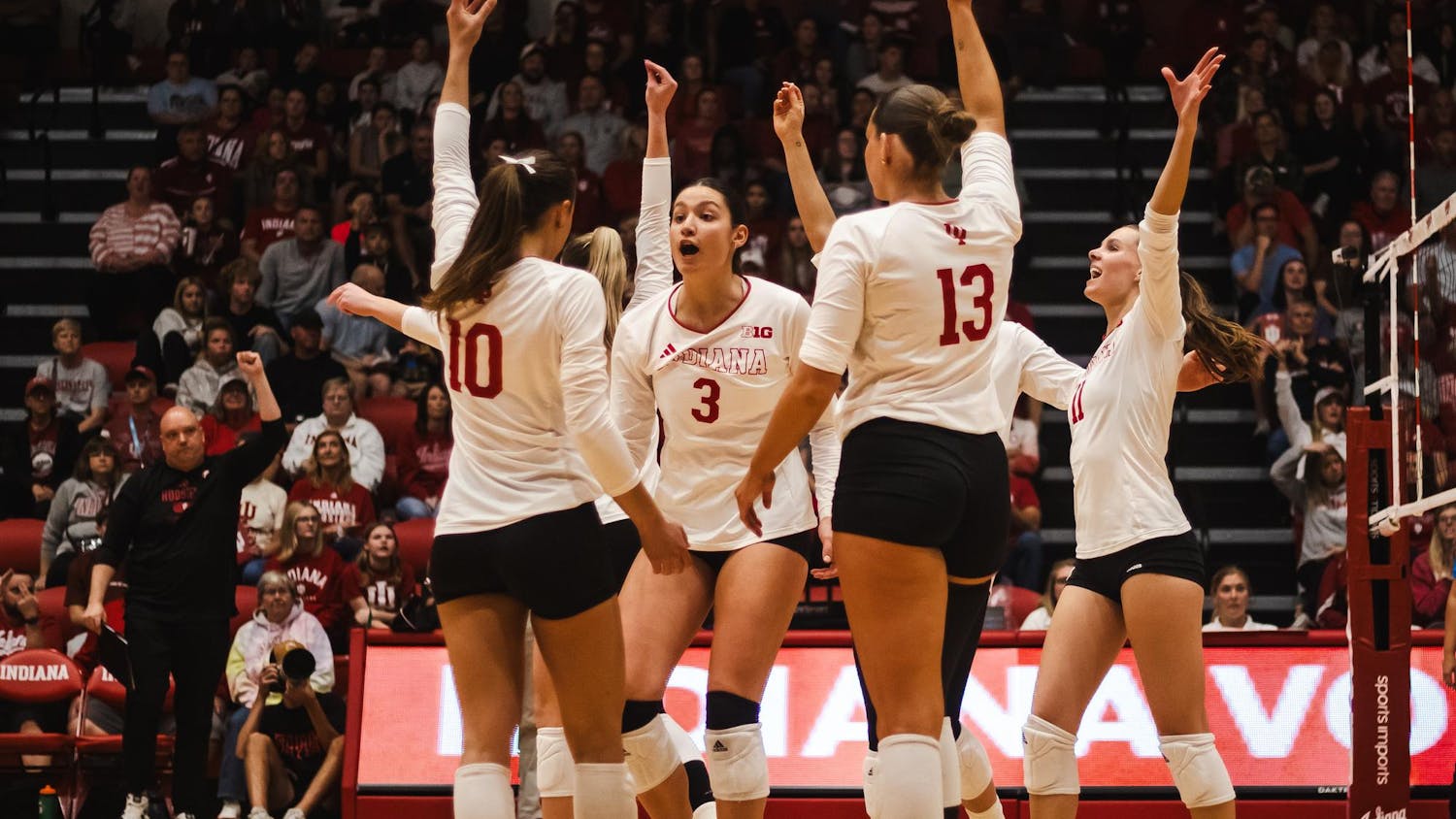Students in kindergarten to 12th grade are capable of resolving conflicts between themselves through non-violent methods, according to a study released by educators from IU and other institutions.\nThe research was conducted between August 1999 and June 2002 by IU education professor Russell Skiba in collaboration with 10 other professionals and school officials. \nSkiba said the research found that peer mediation can help students learn how to solve conflicts.\nMuch of the study was conducted at Bloomington High School South, where more than 20 trained peer mediators help about 1,500 fellow students with their social problems. Janet Stake, a counselor at Bloomington South, said gossip among students causes most conflicts at the high school level.\n"Students rely on other students for information that's often false," Stake said. "A lot of times (conflicts) are cleaned up very quickly."\nPeer mediation is a learning process for high school students, Stake said, and can help them avoid the situation of "big guys win." It also provides the opportunity for students to express their feelings freely, she said.\nIn a common conflict at school, Stake said peer mediators first ask students of both sides to agree on mediation. After discussing the situation they gather points of view. Finally, peer mediators help the involved students generate solutions for the conflict while also focusing on the students' interests and arguments. Peer mediators themselves do not offer or force solutions, Stake said.\nThe program exceeds the sole benefit of solving conflicts, Stake said.\n"There's no better way to learn than to be a teacher," she said of the advantage of working as a peer mediator.\nOther research findings include the uncertain effectiveness of the zero tolerance approach, which includes suspensions and expulsions of students from schools. \nAccording to the study's Web site, in the long run zero-tolerance leads to higher school dropout rates, while no short-run effect has yet been determined. In Indiana, about four percent of suspensions and expulsions in the 1997-98 school year corresponded to "serious disruptions."\nAs alternatives to suspensions and expulsions, the study said the school should cooperate with parents and the local community to create a safe school environment.\nLinda Berry, an inclusion teacher at the Unionville Elementary in Bloomington, said the school of about 250 students and 20 staff members communicate well, partly thanks to the smaller student enrollment.\n"We are not hesitant to know how the other feels," Berry said. \nShe also said the parents know the school staffs and vice versa. \nThe study was funded by a grant from the Department of Education.\nSkiba recently co-edited the book, "Zero Tolerance: Can Suspension and Expulsion Keep Schools Safe?" Last spring, Skiba testified in front of Congress. He reported on the results of the three-year project.\nFor more information, visit www.indiana.edu/~safeschl/.
Professor tackles school violence
Peer meditation may aid students to resolve conflicts
Get stories like this in your inbox
Subscribe





